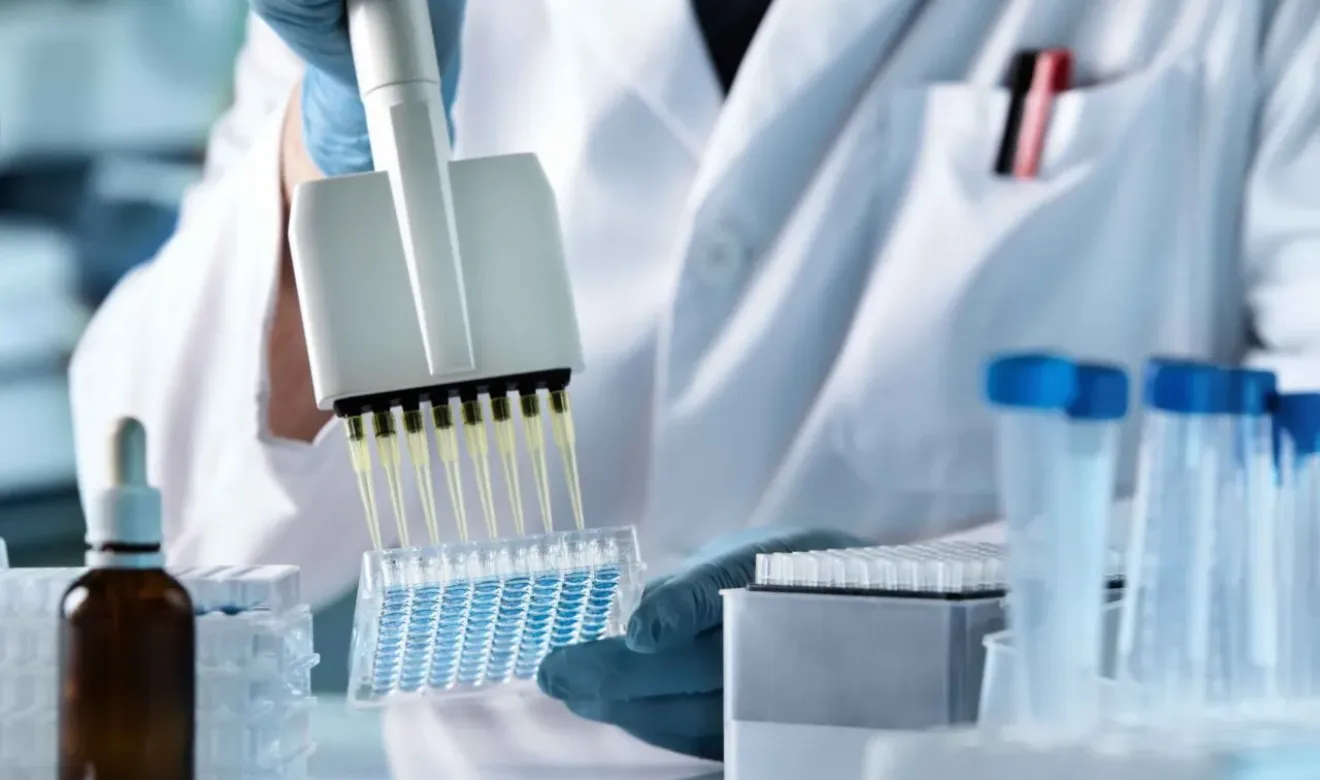
ELISA Testing Services
KCAS Bio specializes in optimizing Enzyme-linked immunosorbent assays testing (ELISA) kits for the detection of your molecule of interest.

What is the ELISA technology platform?
Enzyme-linked immunosorbent assays (ELISA) are the most common methods for LBA (ligand binding assays). ELISA is an immunoassay technique for the detection of an antigen or antibody in a sample. The antibody-antigen complex is bound to an enzyme that catalyzes a detectable reaction, most often a colorimetric reaction. The amount of antigen can be determined by measuring the intensity of the detectable signal produced from the bonding between the antigen and the antibody in the analyte solution. It is a simple and fairly quick technique enabling the detection of biomolecules with a high level of accuracy.

KCAS Bio's ELISA instrumentation
KCAS Bio strives to optimize our ELISA-based immunoassays to warrant defendable data: we define an admissible level of oscillation, we evaluate the experiment reliability from records of data and we are routinely challenged to improve the lower limit of quantification (LLOQ) of ELISA kits. We have our process fine-tuned and repeatedly provide meaningful biomarker data.
At KCAS Bio, 'quality by design' drives every aspect of our work. Our facilities, security and IT infrastructure ensure your samples remain protected at all times, while cultivating excellence and innovation among our scientists.
Our people
Related services

Bringing technical innovation to time-critical research
KCAS Bio partners with leading technology providers so our scientists and clients have access to gold-standard, cutting-edge technologies.